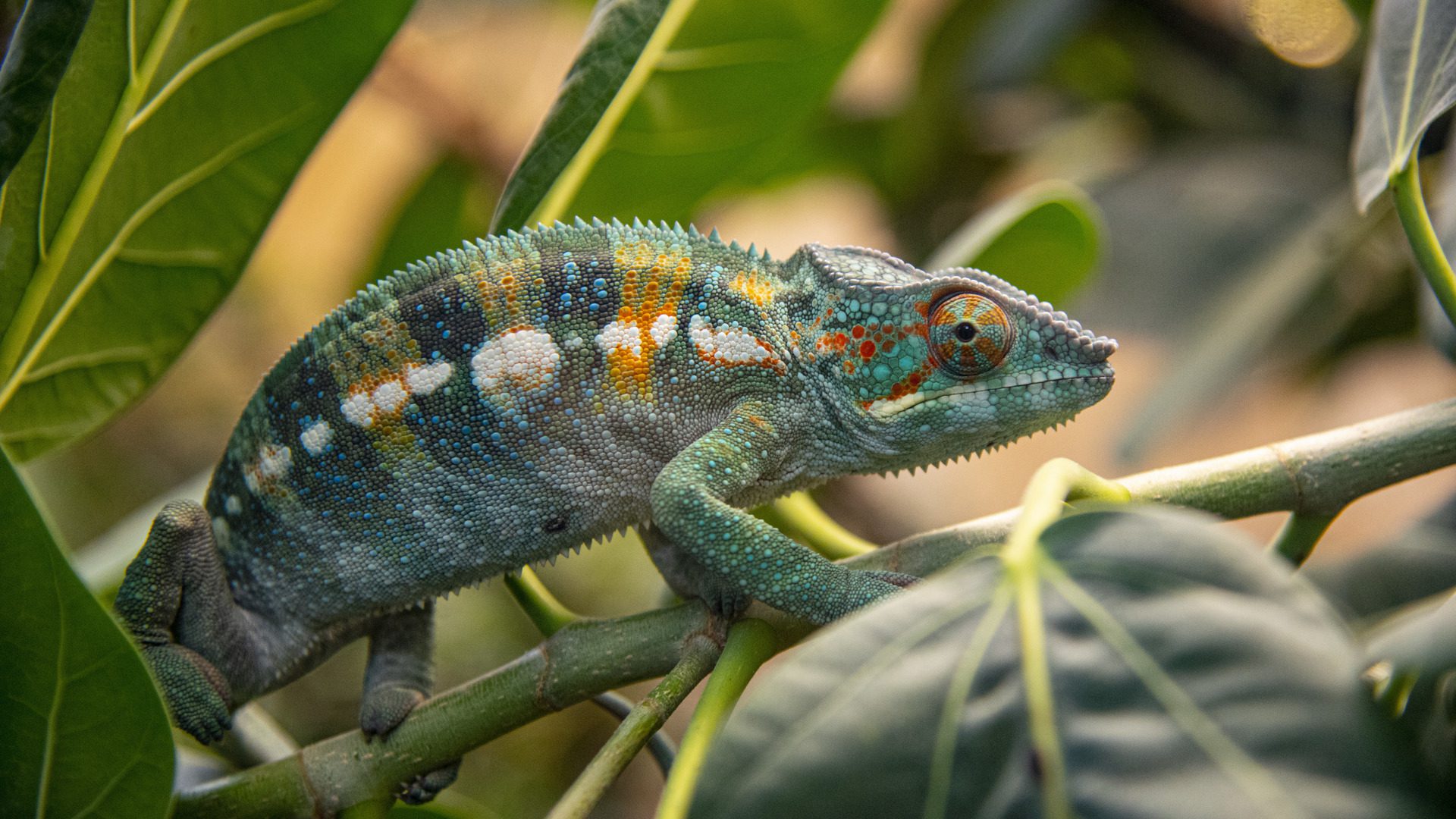
Environment
Animal Care & Wellbeing
Creating Healthy Habitats
Creating a successful habitat design involves a delicate balance of art and science. Our guiding principle in habitat design is ensuring that animals are safe, comfortable, and provided with an enriching environment that promotes their physical and psychological well–being.
It begins with meticulous attention to an animal’s natural behaviors and needs, aiming to replicate its native environments as closely as possible. Paramount to this is the element of space, ensuring animals have ample room to roam, climb, swim, or fly, which promotes physical and mental well-being. By incorporating elements like appropriate space, a variety of ‘furniture’ (ie. tree stumps, logs, climbing structures, hammocks, etc.), as well as thoughtful landscaping and plant selection, we can encourage natural behaviours and promote free choice for the animal that resides there.
A focus on visitor experience is equally vital, with well-planned viewing areas and educational signage promoting awareness and conservation efforts. Ultimately, the elements of good habitat design harmonize the well-being of the animals, educational opportunities for visitors, and the preservation of biodiversity.
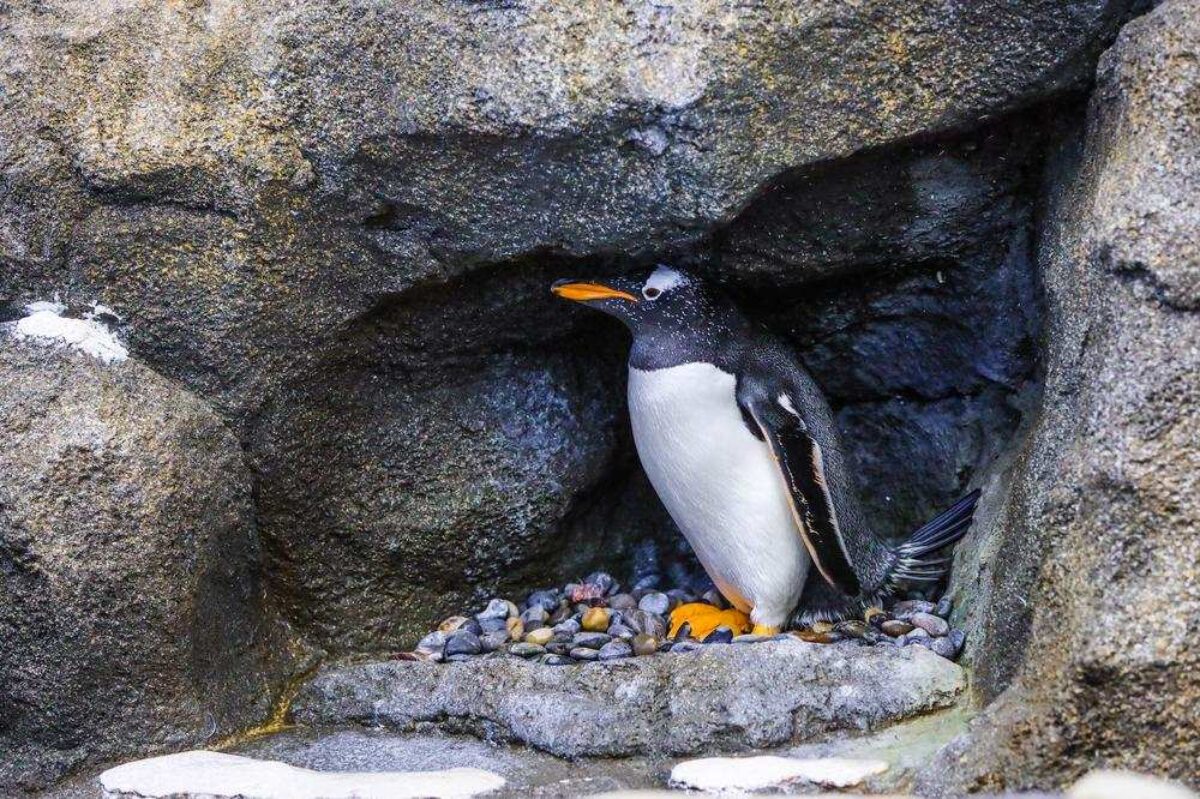
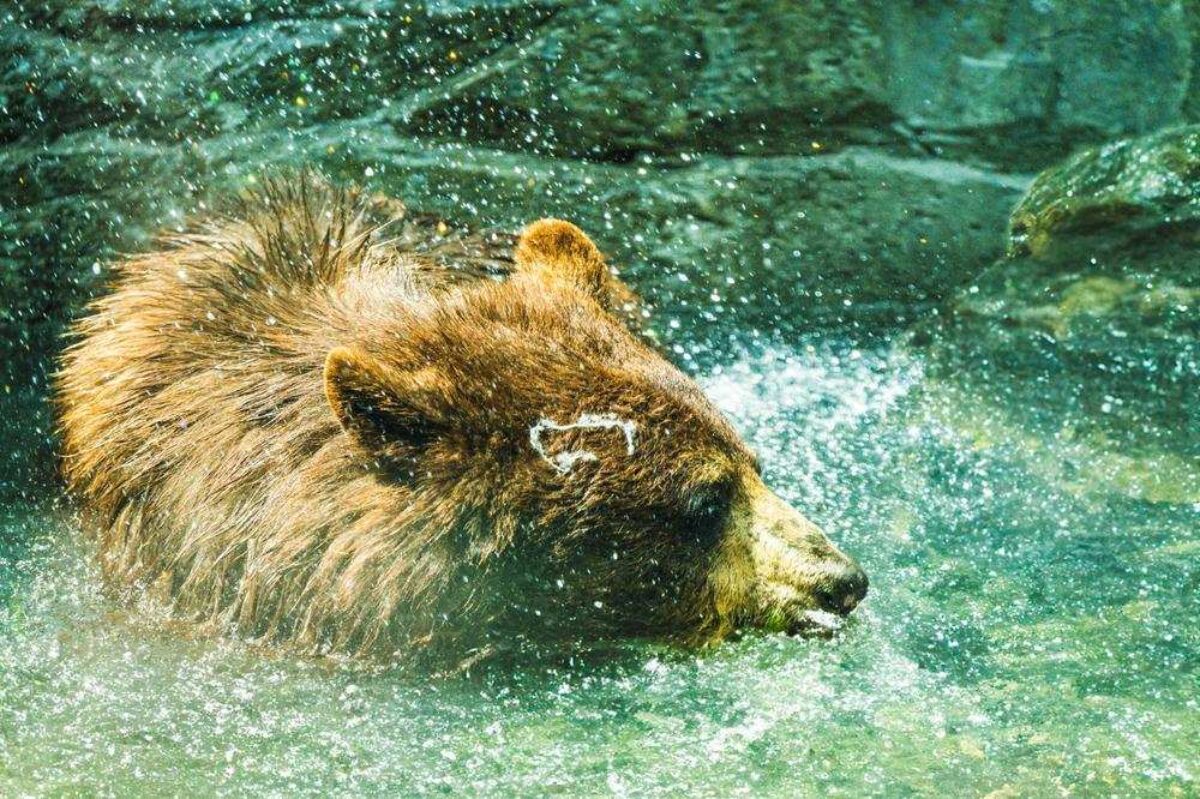
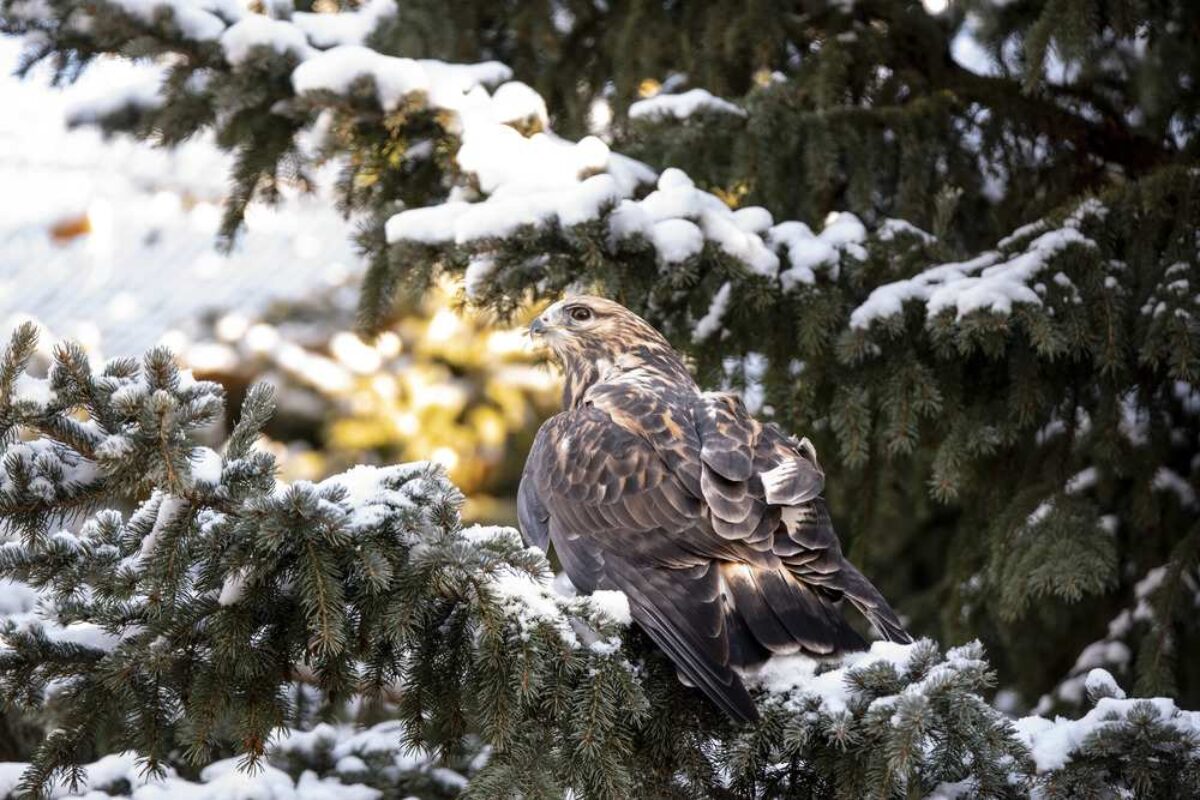
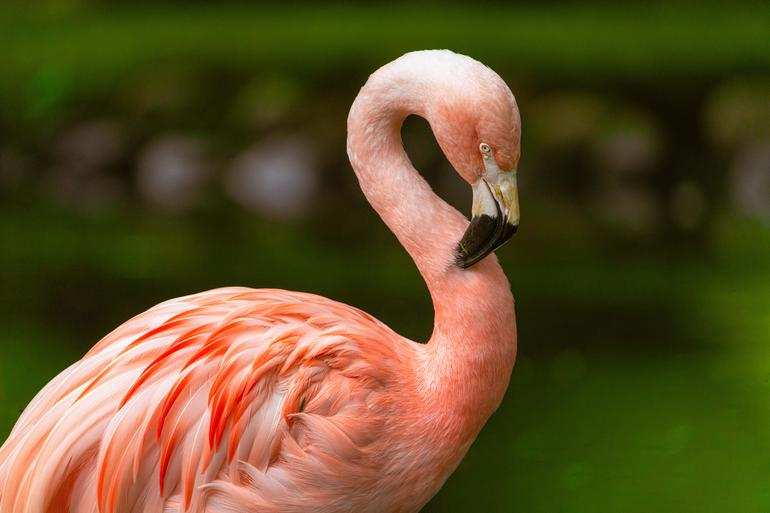
Plan Your Visit
Get close to wildlife
The Wilder Institute/Calgary Zoo is situated on St. George Island, only five minutes from downtown Calgary and 20 minutes from the Calgary International Airport. Home to more than 4,000 animals from around the world, there’s plenty to see and do.